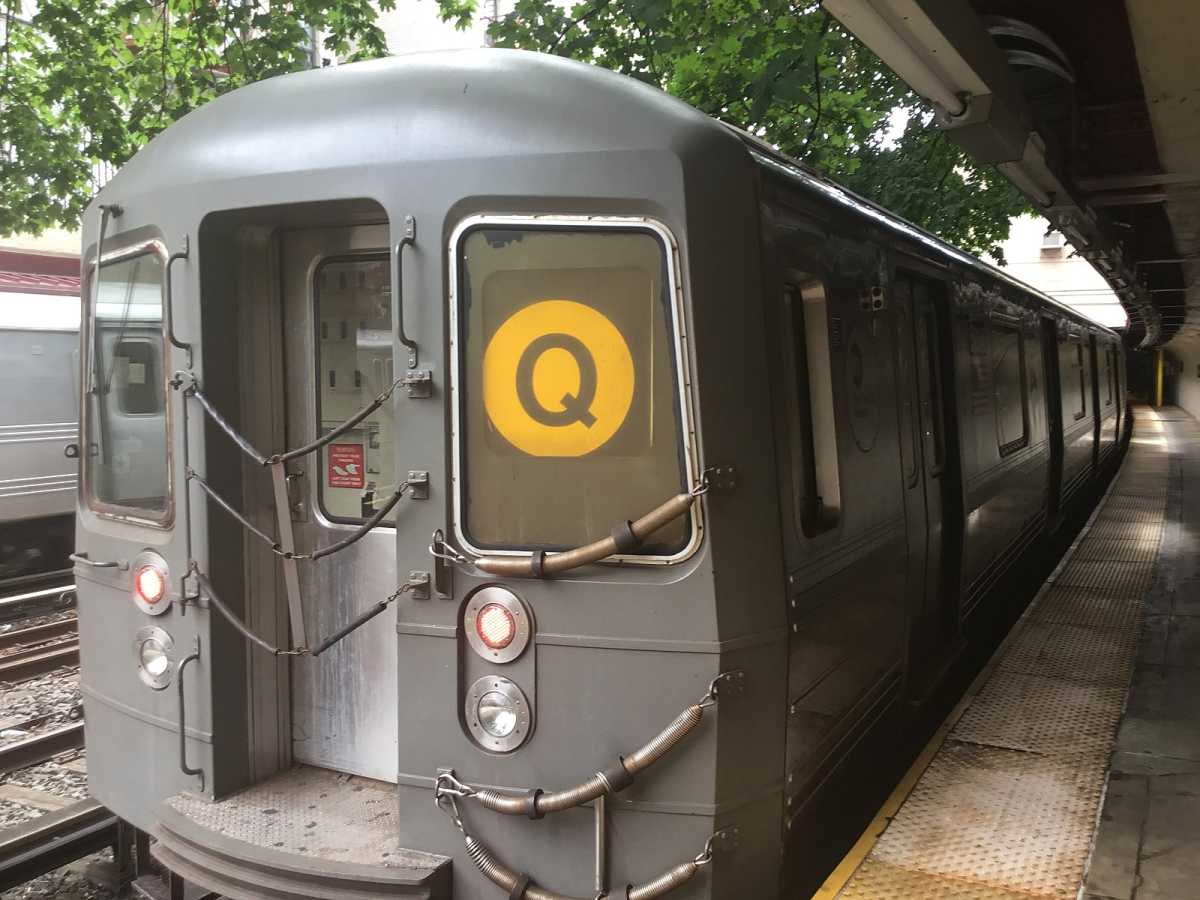Two people were hit and killed by subway trains in Brooklyn in Tuesday in the midst of a particularly deadly week for the MTA.
The first victim, later identified as 26-year-old Flatbush resident Travis McIntyre, was struck by a southbound Q train at the Beverley Road station in Flatbush just after 2 p.m. on March 26, according to the NYPD. Paramedics pronounced McIntyre dead on the scene.

An MTA representative confirmed Friday morning that McIntyre’s death was a suicide.
Hours later, police received reports that someone had been struck at the 4th Avenue-9th Street station in Park Slope. Officials found the victim, 16-year-old Neisa Herod-Cross, unconscious and unresponsive on the tracks after she was hit by a southbound G train while walking along the southbound tracks. She was pronounced dead on the scene.
According to Gothamist, the train’s conductor saw the Herod-Cross on the tracks and on the catwalk inside the tunnel before she was hit, and a group of teens she was walking with reportedly fled the scene after the incident.
Herod-Cross was at least the second teen to be killed in the Brooklyn subway system this year. In January, a 14-year old boy died when he was hit by an F train after he reportedly slipped from the roof of the train while subway surfing.

Cops are still investigating the incident, but do not suspect foul play.
The incidents came a day after 54-year-old Jason Volz died after he was shoved in front of an oncoming train at the 125th Street and Lexington Avenue in Manhattan. The man charged with pushing Volz, 24-year-old Carlton McPherson, reportedly had a number of prior arrests, including several in Brooklyn.
Two other people were also hit and killed by subway trains in Manhattan this week — on Tuesday, a man was fatally struck at the 42nd Street-Bryant Park/Fifth Avenue station. The following day, a 51-year-old man died after he was hit by a train at the Grand Central-42nd Street station. Foul play was not suspected in either incident.
The spate of deaths has again raised criticism from commuters. This year alone, the city has deployed hundreds of additional police officers to patrol the subway system in response to violent crime and fare evasion, and the state this month deployed 750 members of the National Guard and 250 MTA police officers to help with bag checks as straphangers enter the system.
In January, facing rider concern about subway safety — 88 people were killed on New York City subway tracks in 2022 — the MTA launched a platform barrier pilot program to keep people from falling, jumping, or being pushed onto the tracks.

So far, the yellow barriers been installed at a handful of stations across the city, including on the narrow platform at the Clark Street station in Brooklyn Heights, West 8th Street-NY Aquarium in Coney Island, and Morgan Avenue in East Williamsburg.
If the barriers are found to be effective, they are expected to be deployed more widely throughout the system. The MTA is piloting additional programs to “enhance safety and prevent track intrusions,” MTA spox Lucas Bejarano told Brooklyn Paper.
Last year, the agency installed mid-platform safety barriers at three stations — including Bedford Avenue in Williamsburg and Crescent Street in Cypress Hills. In an attempt to address suicides, some stations have been outfitted with blue lights — which are believed to provide a calming effect that can dissuade suicidal actions.
Across the system, the MTA also uses Laser Intrusion Detection Systems to prevent people from entering subway tunnels unauthorized, Bejarano said; and is preparing to pilot “Track Intrusion Detection Systems,” which would provide live alerts when someone gets onto the tracks from a subway platform.
Separately, the MTA has “completed proof-of-concept testing” of using artificial intelligence to monitor live security camera footage and send out alerts when it detects “dangerous behaviors that could lead to track intrusions,” the spox said.






















